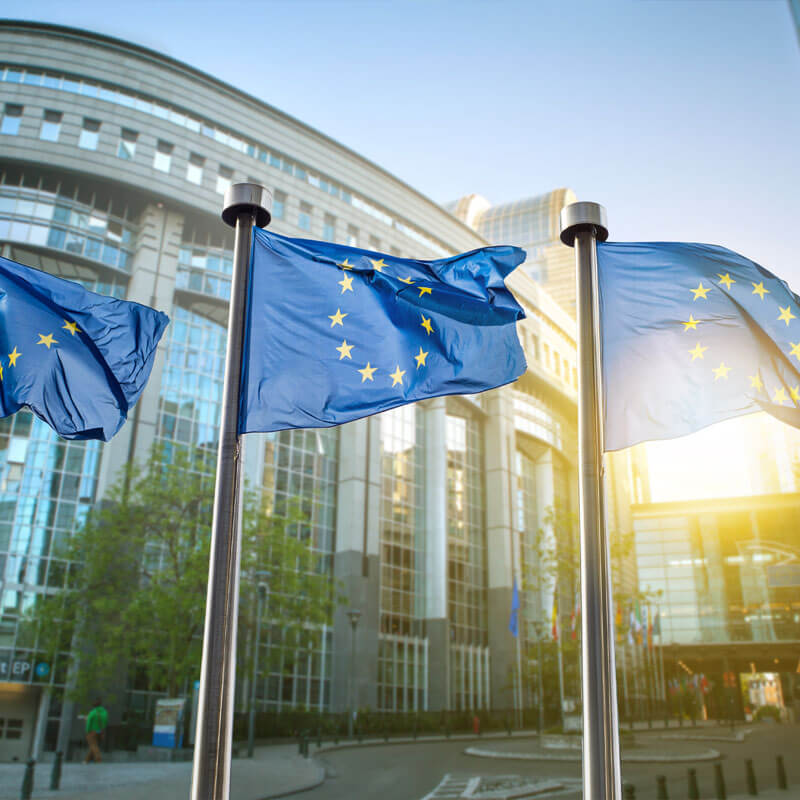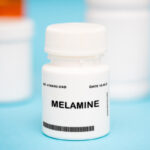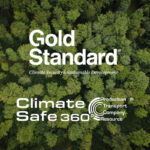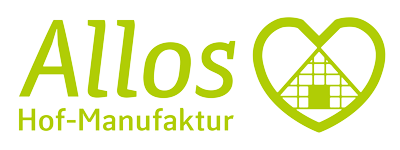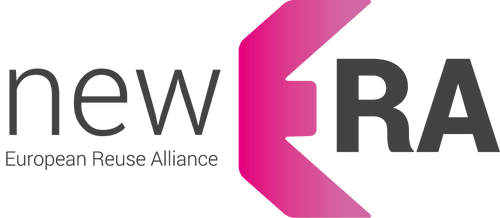On April 24, the EU Parliament passed the EU Packaging Regulation (PPWR, Packaging and Packaging Waste Regulation) with a clear majority. The measures outlined in the PPWR promote the recyclability of packaging used in the EU, support the circular economy, and harmonize internal market regulations. The PPWR is expected to come into force towards the end of 2024.
The PPWR: New Guidelines for Packaging and Waste Management
The vote was conducted using the so-called Corrigendum Procedure, allowing the regulation to be passed before the EU’s legal service review and before translations into the respective EU official languages. The EU Packaging Regulation is expected to come into force by the end of 2024/2025. The PPWR is an innovative step in dealing with packaging and its associated environmental impacts. It aims to replace the currently valid EU Directive on Packaging and Packaging Waste from December 20, 1994 (Directive 94/62/EC of the European Parliament and the Council). Unlike previous directives, which were implemented individually by each EU member state, the PPWR is a regulation that will be uniformly and bindingly valid in all 27 EU member states upon coming into force. The goal is effective waste reduction and minimization of negative environmental impacts of packaging. At the same time, manufacturers are to be obliged to act more responsibly, and there should be a promotion of recyclates and the development of a sustainable circular economy. So far, the Packaging Act (VerpackG) applies at the national level in Germany.
Packaging Waste and To-go Products
An update of the regulations for dealing with packaging is necessary in view of the millions of tons of waste generated annually and the limited consumption of finite resources. According to a study by the Nature and Biodiversity Conservation Union Germany e.V. (NABU), 350,000 tons of waste were generated in Germany alone in 2017 by disposable tableware and to-go packaging, with the trend increasing. Between 1994 and 2017, the amount of waste increased by 44 percent. Plastic waste increased by 72 percent, waste from cardboard, paper, and cardboard by 26 percent. For single-use packaging in the takeaway sector, the increase rate was 38 percent. About one-third of this single-use packaging comes from system catering and snack bars. According to NABU, the reasons for the high and rising waste volumes are due to technical, social, and cultural aspects. In general, waste volumes have been increasing throughout the EU for years. According to a study by Eurostat, packaging is becoming an increasingly significant source of waste in the EU. The total amount rose from 66 million tons in 2009 to 84 million tons in 2021. Every European generated 188.7 kg of packaging waste in 2021. Without regulatory measures, as now set out by the PPWR, this amount would likely increase to 209 kg by 2030.

What Measures Will Be Implemented by the PPWR?
Implementing the PPWR requires a harmonization of regulations at the national level to ensure the uniform implementation of the regulation. Moreover, achieving the goals requires significant investments in recycling facilities and technologies.
Key provisions of the EU Packaging Regulation include:
- Reduction of Packaging Waste: Article 43 of the PPWR stipulates a gradual reduction in packaging consumption. The per capita volume of packaging waste should be reduced by 5 percent by 2030, 10 percent by 2035, and 15 percent by 2040 compared to the reference year 2018. Retailers must take measures to reduce packaging waste.
- Restrictions on Single-use Packaging: Article 25 sets restrictions on certain packaging in the HoReCa sector (Hotel/Restaurant/Café or Catering) from January 1, 2025. Exemptions include metal packaging and composite materials such as plastic-coated paper cups and bags with windows. There are numerous exemptions for micro-enterprises, specific establishments with special hygiene requirements, and others.
- Informative Declaration: The PPWR sets specific requirements for the provision of information and labeling of packaging in Annex VIII. For example, recyclable packaging must be labeled as such. Information on the appropriate disposal of packaging must also be provided to consumers.
- Declaration of Conformity: According to Article 15, retailers must provide a comprehensive declaration of conformity for each packaging, meeting the specific requirements outlined in the PPWR. This entails increased administrative efforts, as Annex VII also requires technical documentation.
- Ban on Certain Types of Single-use Packaging from January 1, 2030: This includes packaging for unprocessed fresh fruits and vegetables, packaging for food and beverages filled and consumed in cafes and restaurants, single portions (e.g., spices, sauces, cream, sugar), miniature packaging for toiletries, and very light plastic bags (under 15 micrometers).
- Prevention of Harmful Health Effects: To prevent harmful health effects, the PPWR includes a ban on the use of per- and polyfluoroalkyl substances (PFAS) above certain limits in food contact packaging (Article 5).
- Mandatory Reusable Offer Across Materials: Article 32 stipulates that reusable alternatives must not be offered at a higher price or under worse conditions than single-use packaging for food and beverages. The PPWR also mandates filling into customer-owned containers upon request.
- Promotion of Reusable Systems: By 2030, companies must offer 10 percent of their products in reusable packaging according to Article 33. Article 50 stipulates that by 2029, even 90 percent of single-use beverage containers made of plastic and metal (up to three liters) must be collected separately through deposit-return systems and other solutions.
- Reducing Unnecessary Packaging: Article 24 sets a maximum empty space ratio of 50 percent for transport, collection, and e-commerce packaging. Importers and manufacturers must also ensure that the weight and volume of packaging are minimized.
The Necessity for Implementing the PPWR
With regulatory measures as set out in the EU Packaging Regulation, targeted changes with sustainable impacts on waste production through economic processes and the circular economy of circulating resources and materials can be achieved. The resource savings thus achieved reduce environmental pollution and promote the sustainable use of natural resources. The introduction of recycling regulations through the PPWR also promotes the development of a circular economy. By reusing materials, a closed material cycle is created, reducing dependence on finite resources and the need for landfills for non-recyclable waste. In the long term, establishing a circular economy is a crucial factor in reducing packaging waste and removing packaging from the waste stream through recycling to alleviate the environment.
Consumer Preferences
The PPWR also considers consumer preferences. According to a Statista survey on sustainable product packaging characteristics from 2022, 66 percent preferred products that are 100 percent recyclable. Another 55 percent considered it important that the products do not contain plastic. Such preferences in purchasing interests encourage companies to update their packaging strategies, and with such changes, they can strengthen their brand reputation, improve their image, and thus gain or maintain consumer trust. Integrating environmentally friendly practices into sustainability management or creating a carbon footprint accounting of a company can secure long-term competitive advantages.
Outlook and Potential
The EU Packaging Regulation is expected to come into force by the end of 2024 or early 2025 and contribute to the EU-wide reduction of packaging waste in the future. The final legal text has not yet been determined; numerous regulations will be more precisely defined through guidelines and delegated acts in the coming years. Once in force, the EU Packaging Regulation aims to promote the circular economy, minimize the production of unnecessary packaging, and contribute to the reuse of materials and recycling. With the adoption of the PPWR, adjustments to packaging management in line with legislation will be necessary for businesses and industries. For manufacturers and retailers, this means additional effort, so early action in light of the upcoming changes is advised.
